- Choquequirao: Choquequirao is an Incan archaeological site located in the Vilcabamba mountain range, about 150 kilometers west of Cusco City. The site is often referred to as the “sister” of Machu Picchu, as it shares many similarities with that famous Incan site, including its location in the mountains and its impressive terraces and buildings. Choquequirao was likely built in the late 15th century by the Inca emperor Pachacuti, and served as an important religious and administrative center for the region. The site is built on a series of terraces that are cut into the side of a mountain, and features several impressive buildings and plazas that were used for religious ceremonies and other events. Visitors to Choquequirao must hike to the site, as there is no road access. The trek to the site is challenging and requires several days of hiking through rugged mountain terrain. However, the journey is well worth it, as the site is one of the most impressive Incan ruins in the region and offers stunning views of the surrounding mountains and valleys. Tour companies offer guided hikes to Choquequirao, which typically take four to five days to complete. Hikers must be in good physical condition and should be prepared for a challenging trek. It is important to bring sturdy hiking boots, warm clothing, and plenty of water and food, as there are no services or facilities available on the trail.
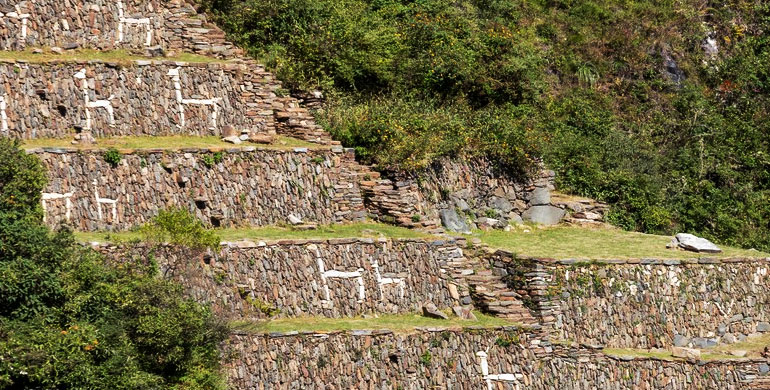

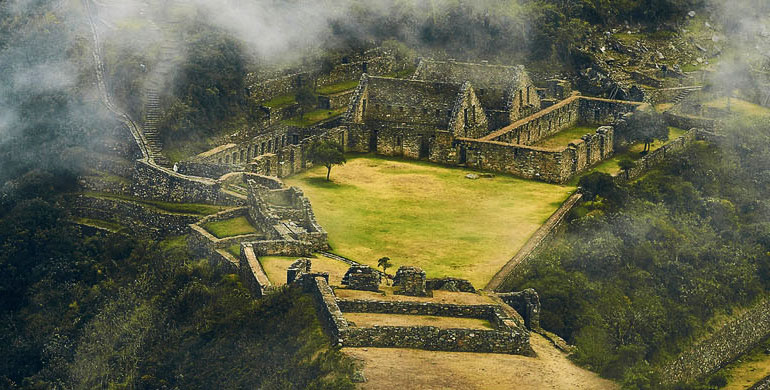
- Nazca Lines: The Nazca Lines are a series of ancient geoglyphs located in the Nazca Desert of southern Peru. These huge, mysterious designs are etched into the desert floor, and range in size from a few meters to several hundred meters across. The lines were created by removing the reddish-brown iron oxide-coated pebbles that cover the surface of the Nazca desert, revealing the light-colored earth underneath. The purpose of the Nazca Lines is not fully understood, but they are believed to have been created by the Nazca people between 500 BCE and 500 CE. Some theories suggest that the lines were used for astronomical or religious purposes, while others suggest that they were created for agricultural reasons, as the lines may have helped to channel water to crops. The Nazca Lines are best viewed from the air, as many of the designs are difficult to see from the ground. Visitors can take a scenic flight over the desert to get a bird’s-eye view of the lines. There are also several observation towers located near some of the lines that provide a good view of the designs from the ground. Tourists should be aware that the Nazca Lines are a delicate and protected archaeological site, and should be respectful of the area. Walking on the lines or removing any of the pebbles is strictly prohibited, and visitors should only view the lines from designated areas.
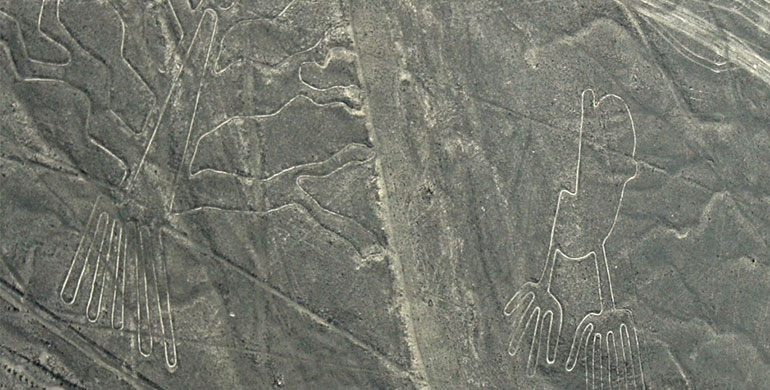
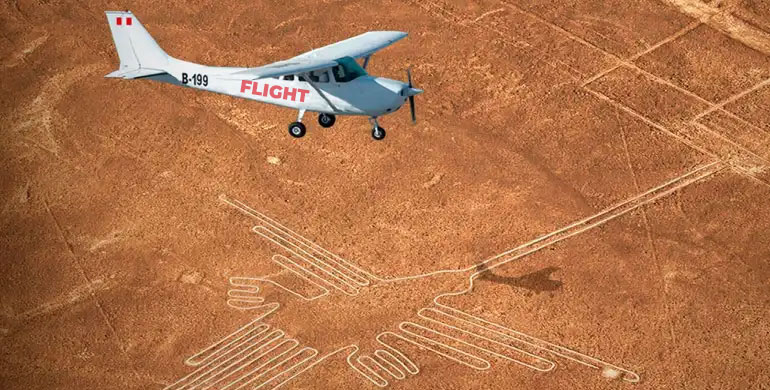
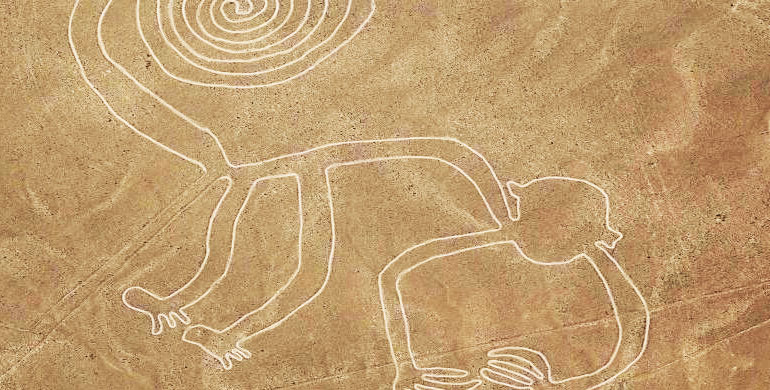
- Huaca Pucllana: Huaca Pucllana is an archaeological site located in the heart of the Miraflores district of Lima, Peru. The site consists of a large adobe brick pyramid and several other structures that date back to the Lima culture, which flourished in the area between 200 and 700 CE. The pyramid at Huaca Pucllana is made up of seven stepped levels, and stands over 20 meters tall. It was used for religious and ceremonial purposes, and was likely an important gathering place for the Lima people. Today, visitors to Huaca Pucllana can take a guided tour of the site, which includes a visit to the pyramid and other structures, as well as a museum that houses a collection of artifacts found at the site. There is also an on-site restaurant that offers traditional Peruvian cuisine with a modern twist, and has stunning views of the illuminated pyramid at night. Huaca Pucllana is a fascinating example of the rich history and culture of Peru, and is a must-see attraction for anyone interested in ancient civilizations and architecture.
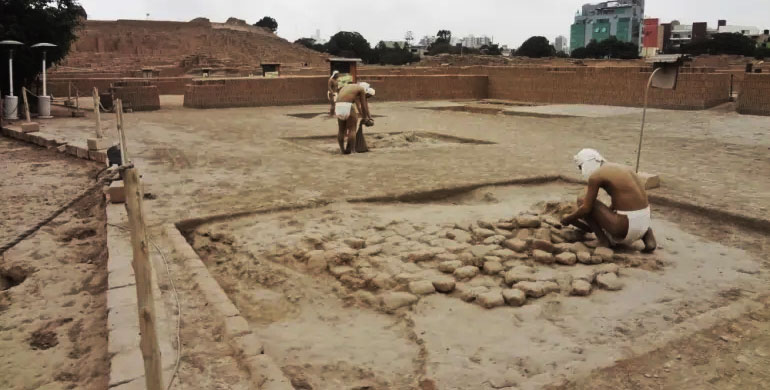
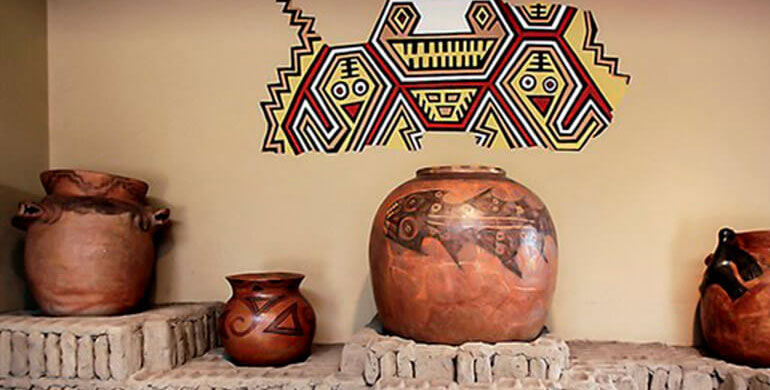

- Chan Chan: Chan Chan is a sprawling adobe city located near the city of Trujillo in northern Peru. It was the capital of the Chimu Kingdom, which existed between the 9th and 15th centuries AD. At its peak, Chan Chan was the largest city in pre-Columbian America and housed over 100,000 people. The city is made up of ten walled citadels, each with its own palaces, temples, reservoirs, and storage rooms. Today, visitors can explore the ruins of Chan Chan and marvel at the intricate carvings and reliefs that adorn the walls of the citadels. The site has been designated a UNESCO World Heritage site and is one of the most important archaeological sites in Peru. Chan Chan is a testament to the advanced engineering and architectural skills of the Chimu people, and offers visitors a glimpse into the rich cultural heritage of northern Peru.
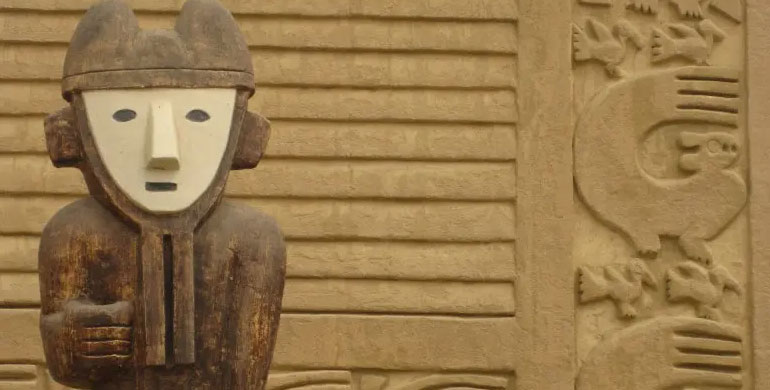
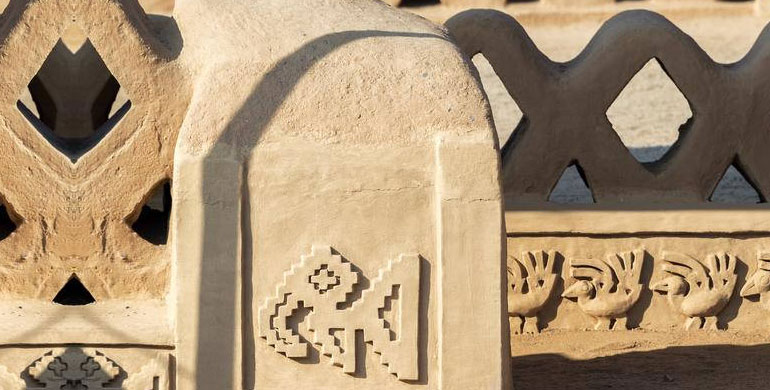
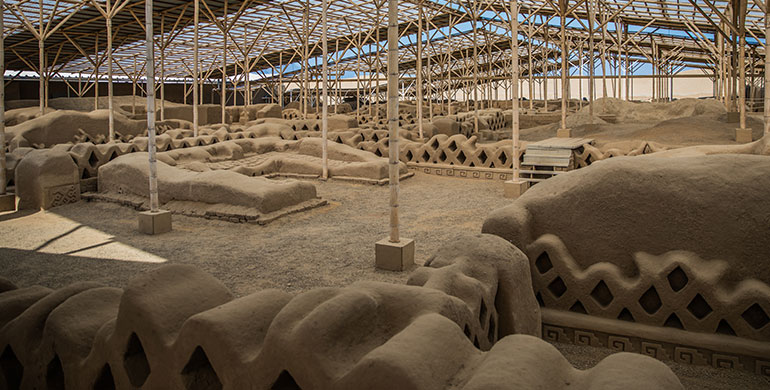
- Kuelap: Kuelap is an ancient fortress city located in the northern highlands of Peru, near the city of Chachapoyas. The city was built by the Chachapoya culture, a pre-Columbian civilization that flourished in the region between the 9th and 15th centuries. Kuelap is situated on a mountaintop at an altitude of 3,000 meters above sea level, and is surrounded by towering walls that were built to protect the city from invading forces. The fortress covers an area of around 6 hectares and is made up of over 400 structures, including circular buildings, plazas, and ceremonial platforms. One of the most impressive features of Kuelap is the monumental entrance, which is made up of three levels of walls and towers. The entrance is decorated with intricate carvings and reliefs, and was designed to impress and intimidate any potential invaders. Today, Kuelap is a popular tourist destination and attracts visitors from all over the world who come to marvel at the impressive engineering and architectural achievements of the Chachapoya culture. The site has been designated a UNESCO World Heritage site and is one of the most important archaeological sites in Peru.



- Caral: Caral is an ancient city in Peru, also known as the Norte Chico civilization, that dates back to around 2600 BCE. It is one of the oldest cities in the Americas and is considered a cradle of civilization. Some of the highlights of the Caral archaeological site include a central plaza, numerous pyramids and residential structures, and evidence of early irrigation systems. It is an important site for understanding the development of early human societies in the Americas.
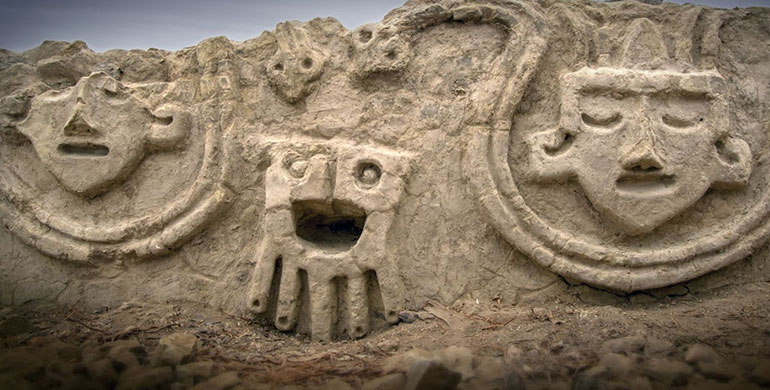

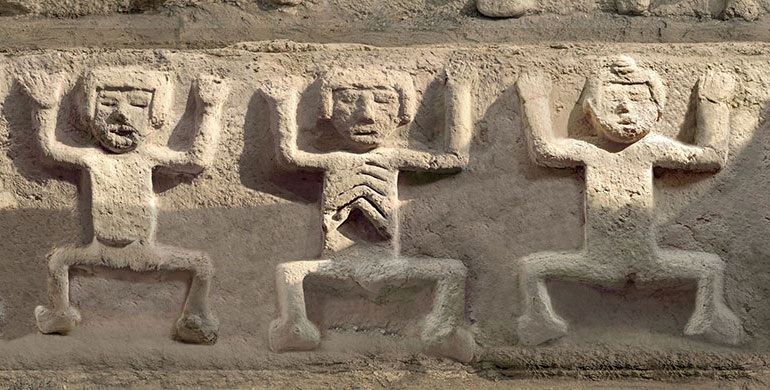
- Pachacamac: Pachacamac is a historical archaeological site located about 40 kilometers southeast of Lima, Peru. It was an important religious center for the indigenous peoples of the region, with evidence of occupation dating back to the early 2nd century AD. The site contains numerous temples, pyramids, and plazas, including the Temple of the Sun and the Temple of Pachacamac, which was the main religious center of the area. Pachacamac was an important site for the Inca Empire, and they added their own buildings to the complex. Today, visitors can explore the ruins and learn about the history and culture of the region through museum exhibits and guided tours.
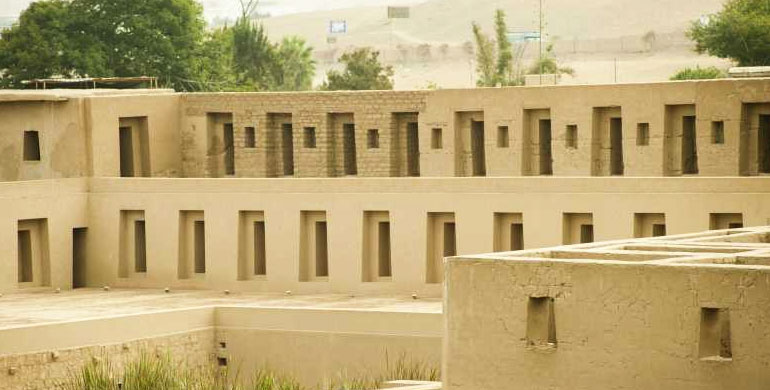
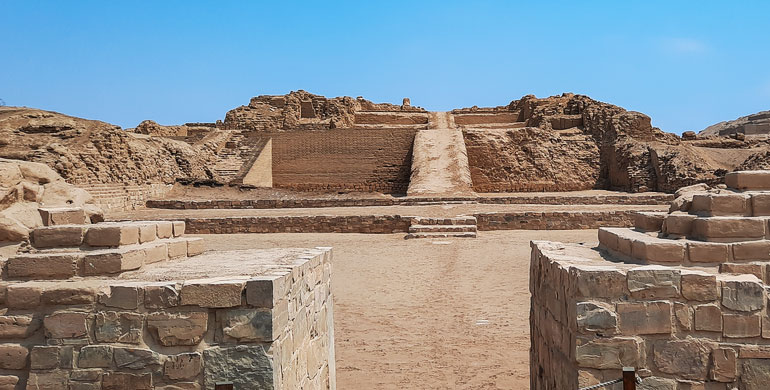

- Chavín de Huantar: Chavín de Huantar is an archaeological site located in the Andean highlands of Peru. It was an important religious and political center for the Chavín culture, which existed from around 900 BC to 200 BC. The site contains a complex of buildings and plazas, including the Temple of Chavín, which is a large stone structure with underground chambers and galleries. The temple features intricate carvings and sculptures, including the iconic Lanzón, a 15-foot-tall granite statue of a supernatural figure with feline features. The site also features a system of underground canals and drainage tunnels, which allowed for the efficient management of water resources in the region. Today, visitors can explore the site and learn about the history and culture of the Chavín people through museum exhibits and guided tours. Chavín de Huantar is recognized as a UNESCO World Heritage Site.

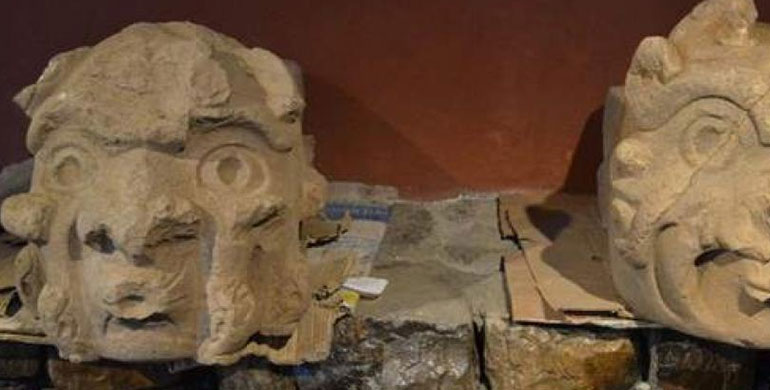

Continue reading: –>Part III
